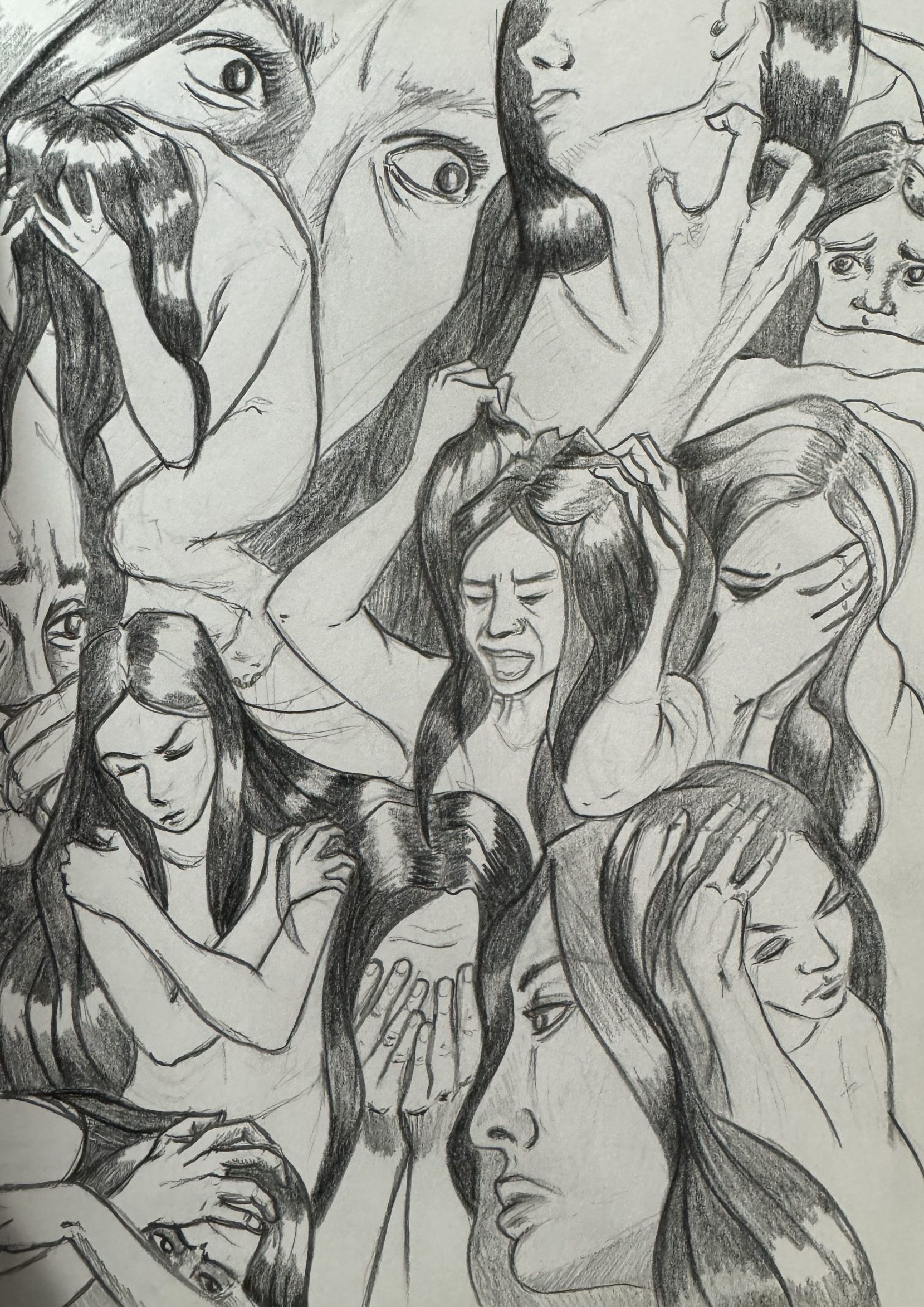My therapist once said, ‘You seem to have strong feelings about having strong feelings.’ He wasn’t wrong. For a long time, I met emotions like anger or anxiety with frustration, as if feeling them meant I was broken. It felt like these emotions were beyond my control, happening unpredictably. I thought I was overreacting to small things and wished I could just turn them off. What I didn’t understand at the time was that emotional regulation isn’t about suppression, but about learning to understand and manage emotions.
Emotional regulation is influenced by environmental, psychological, and physiological factors. It’s not just a matter of willpower—upbringing, brain changes from conditions like ADHD, and stress all play a role. Many people weren’t taught to process emotions properly, which can lead to struggles. ADHD, for example, impacts executive function, affecting emotional control. Stress and trauma can also shrink your “window of tolerance,” making emotions harder to manage. However, the brain is resilient, and with the right strategies, you can learn to regulate emotions effectively.
Improving emotional regulation requires practice and understanding your emotional triggers. Start by developing a plan for managing intense emotions when they arise. If certain situations—like visiting a family member—tend to cause anxiety, prepare in advance by lining up emotional support and clarifying your boundaries.
Communication is key, as non-judgmental support helps create a safe space for emotional expression. While it’s not always possible to avoid triggering situations, you can build strategies to help manage them and foster inner peace.
In public situations, immediate emotional regulation may not be possible. A useful skill is temporarily containing emotions until you have space to process them fully. This prevents bottling up emotions without addressing them later. Techniques like exercise, hobbies, or talking to someone can help release pent-up energy. Often, unresolved emotions arise from unexamined triggers. Identifying the root cause helps reduce the intensity of future triggers. The key is balancing emotional control with giving yourself time to fully express and process feelings when it’s safe to do so.
Heart & Hues Guide To Emotional Regulation
This guide is based on lived experience — not a substitute for therapy, but a tool from one human to another.
Step 1 – Acknowledgement:
Accept your feelings—fear, anxiety, or even suicidality—without judgment. Acknowledge them and commit to addressing them later if needed.
Suggestions:
- Tell yourself that you hear how upset you are and that it’s okay to feel that way.
- The way you feel probably makes sense given your life experiences.
- If you need to contain for later, let yourself know, that you are not able to deal with those feelings this exact moment – but you will, and mean it.
- Honor that commitment at a later time.
Step 2 – Use Tools:
Visualize your emotions. Maybe your anxiety is a vibrating ball of electricity, or your sadness a heavy, dripping sponge. Get to know its shape, texture, color. Then imagine where you want to place it: in a safe container, on a shelf, or maybe buried in the earth. You get to decide, based on what feels calming or stabilizing.
Step 3 – Honor Yourself:
Set aside time in a safe space to express and process your emotions where you won’t be interrupted.
Step 4 – Processing:
The hard part: dive deeper into your own thoughts and feelings (from mind and body) to understand the root cause, especially if trauma is involved.
What exactly is processing?
Processing involves addressing both the physical and emotional aspects of your feelings. Physically, it could mean breathing exercises or therapies like EMDR or Somatic Experiencing to release stored trauma. Emotionally, processing requires courage to revisit painful memories and express them openly. This may involve challenging old beliefs and engaging in therapies that promote healing. Ultimately, processing allows you to validate your experiences, fostering empathy and reducing the emotional weight over time.
Processing and Distraction:
Processing involves revisiting emotional experiences to release them, often through journaling, art, or talk therapy. It helps to reduce emotional weight by facing feelings head-on. Distraction, on the other hand, prevents emotional overload by temporarily shifting focus. Both are valuable but serve different purposes. Distraction can prevent emotional flooding, while processing helps heal deep wounds. It’s important to plan for both—whether through hobbies, self-care, or even physical activities like massage, which can ease mental and physical tension.
Step 5 – Rinse & Repeat:
Emotional regulation takes practice, especially if you face challenges. You will still encounter triggers, but over time, your response will improve! Be kind to yourself when you struggle, and remember that consistency is key.
Suicidality
If you experience suicidal thoughts, reach out to a counselor or supportive friends.
If you’re in immediate danger, head to the hospital, refer to your safety plan, or use contact a crisis text line (below). You can find safety plan templates on our resources page.
For Live Crisis Help you can use the Crisis Text Line: Text HOME to 747-747
You are not weak for struggling. You are brave for staying and support is always closer than it feels. <3

Leave a Reply